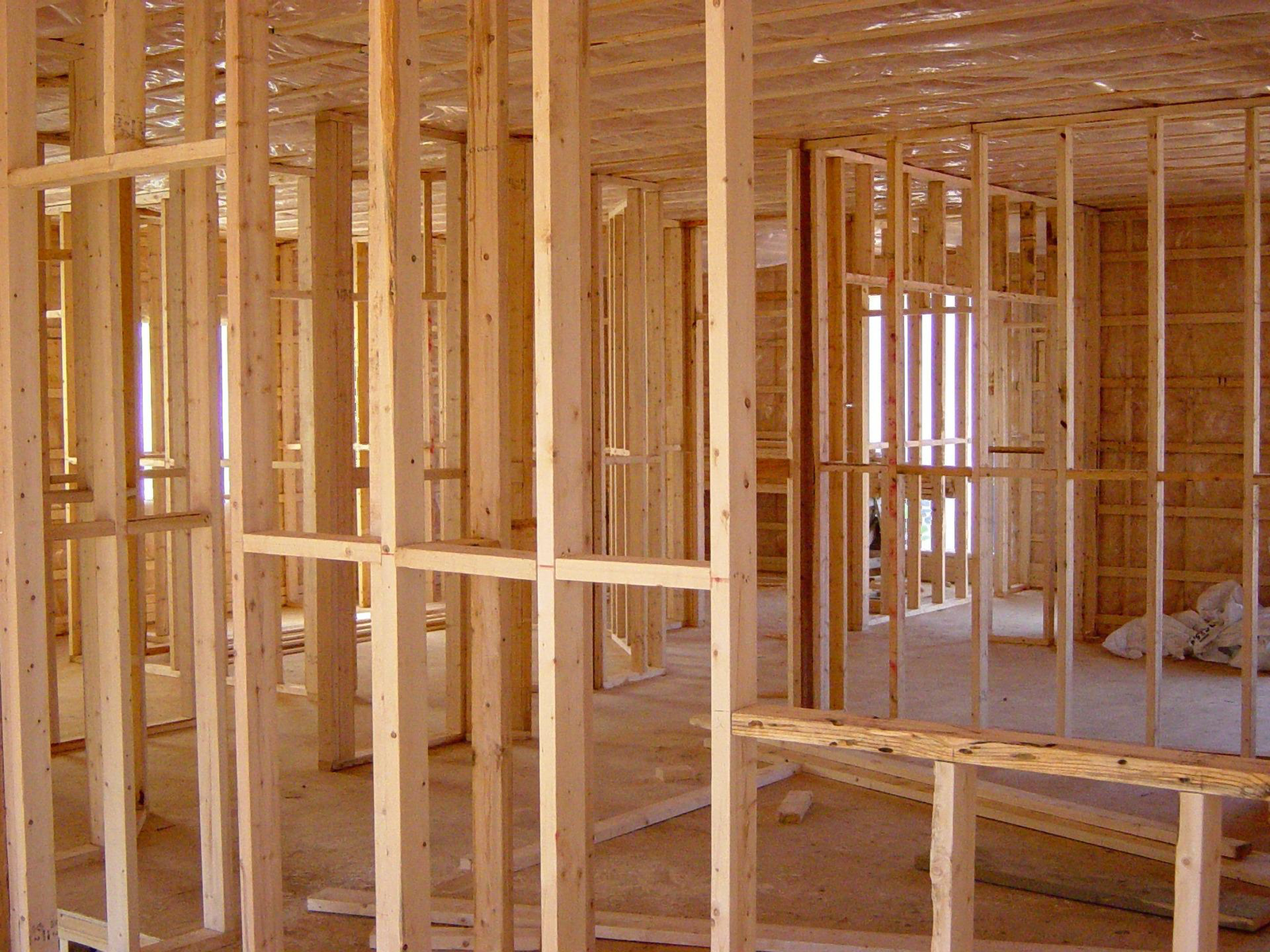Kitchen and Bath Remodeling Timeline

Preparation is the name of the game when it comes to organizing and timing a kitchen or bathroom remodel. And let’s start at the very beginning. If you have been thinking for years about tearing out a wall to make room for a larger Kitchen, or pushing another wall out to make room for a bathtub in your master bathroom; chances are that you will need to hire a structural engineer, and an architect to include all the drawings the building department will request. So what is a good timeline or more specifically how long can this possibly take. The answer is that it all depends, but you can make some very good educated guesses that will save you the headaches of going it at it in the blind.
Below I will plot out what you need to prepare yourself with, and how long you should account for each phase:
Design phase:
You have been looking at home remodeling magazines for years, now you have some money you want to use to improve your surroundings. If the work you want to get done involves any structural work, I recommend getting a team together; one that includes an engineer, an architect and a kitchen and bath designer. the preparation to present drawings to the building department for approval can take from a few weeks to a few months. Let’s say on average this phase can take six weeks to two months. And this is before waiting for the building department to issue what’s called an RTI (Ready to issue) permit phase.
During this phase you should already have selected your materials, and it’s highly recommended that you begin the process of placing orders, specially for cabinetry and other items which are taking a lot longer than they used to. On average this phase of the project may take at the very least a solid two or three weeks, if you feel you are ready to go and want to order materials right away; on the longest part of the spectrum I have seen clients take anywhere from a couple of months to about a year. Decide ahead of time how much of a priority this project will take, and commit to what choices you are making, second guessing yourself and the decisions of other professionals around your project will only prolong the process, would most likely increase the cost of design consultations or revisiting of architectural details and time spent making updates if the plans have been submitted for approval by the local building department.
End of Design phase:
Once you have committed to the design details of your project on paper, it’s time to get materials ordered. Specially now that some materials are taking a lot longer than we were used to; getting your cabinetry, plumbing fixtures, tile and appliances ordered early will ensure that you will have what you need when it is needed. Depending on the products you select, you might end up having to store items for a while before the rest of the parts come in, make sure you make room in your garage or another area in the home that can be used for storing.
Expect to have material within a couple of weeks to as much as several months, dependent on what you have selected, for a faster process make sure you check availability of alternative products, as I have seen back ordered products stretch out for several months being back logged.
Construction phase:
Your permits are approved, you have removed all the things out of your kitchen and or bathroom, and the construction crew is set to start; you may want to account for at least a period of 6 to 8 weeks for a regular kitchen remodel and about 7 to 8 weeks for a bathroom, this is in case you have structural work that may also need inspecting. One very important aspect to point out, is that if there are changes to your design, that will require a structural revision, please add another 6-8 weeks to the timeline, getting revisions from an engineer that has already completed their calculations may throw a curve ball in the mix. Make sure you account for this additional time, in case you were counting on completing a project just in time for a holiday, or any sort of celebration; making these kinds of plans can sometimes put unnecessary pressure on you as the home owner and also on the construction crew.
In a large remodeling project do involve your design team, and contractor in any decisions you make that will impact the project, for example; if you plan on purchasing a replacement door, as the experts on what you may need to order, or better yet let them know what you want, and have them source it for you; yes it will most likely cost a little bit more, but having the peace of mind that comes from knowing what you need has been ordered correctly will save you time and headaches. Contractors do usually add a percentage Profit and Margin to the cost of materials to cover for their time in placing orders, and coordinating deliveries or pick up. Although it may seem like this could be a waste of money, the value comes from knowing what ever they have specified is exactly what will be needed, and will fit like a glove. I’m not saying there can’t be mistakes, sometimes they do happen, but the chances of things going wrong are definitely minimized.
Sometimes even preparing will not be enough to ensure the project is done on a timely basis. One thing that tends to happen in most projects that impacts the completion time, is Adding More work to the current scope of work. And unless you’re working with a contractor that handles most of the phases themselves, and is not working with sub-contractors. Be mindful that getting an appropriate bid for the additional stair case or exterior work you might want to do will mean the contractor has to wait to receive a formal bid. This back and forth between the contractor and the sub-contractors can take weeks. It may even seem like your contractor is simply not interested in doing the work. But the reality is they are relying on their subs to provide a comprehensive bid. And when everyone has been as busy as now. Things can take longer than usual just to know how much something will cost.
A tip of advise is to stick to the approved contract and not make modifications, or be aware that these changes will not just impact the timeline, you may also have to order replacement materials and wait for them to arrive to be used at the job-site.
In conclusion I would say to get your project going as smoothly as it can, do not make changes to the original scope of work, do not replace materials that have been ordered, and do not add on more work that would certainly stretch your entire completion schedule.

Landivar Design Inc. is owned and operated by Yvonne Landivar, she’s a general licensed Contractor and a Certified Kitchen and Bath Designer, Artist and Creative. Consult with Yvonne early on to make sure all aspects of your project are taken care of in detail. From the initial design concept to the finishing touches. Her work ethic, professionalism and excellent design skills make her and her company the ideal fit for a contractor who designs and manages all aspects of your project.

